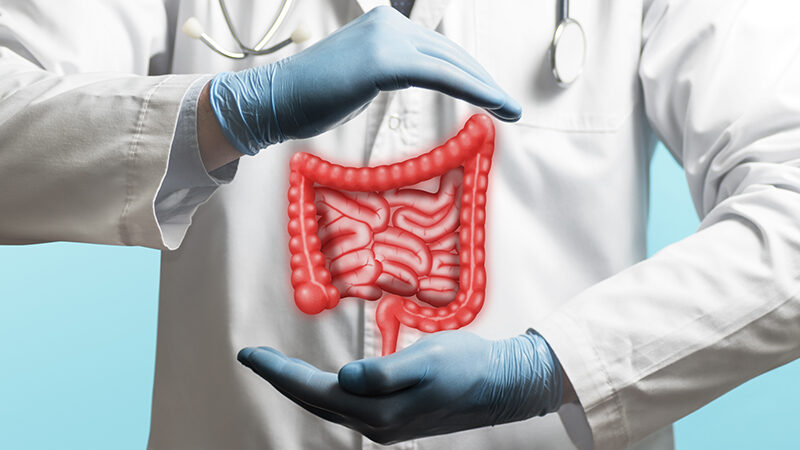Treating hemorrhoids
There are simple home remedies for hemorrhoids that can provide dramatic relief for most hemorrhoids symptoms. Here are some tips for preventing flare-ups in respect to Treating hemorrhoids.
1. Consume more fiber
Consume more fiber by eating more fiber-containing foods, taking fiber supplements (like Metamucil, Citrucel, or Fiber Con), or using both. In addition to fiber consumption, sufficient fluid intake reduces the pressure on hemorrhoids by softening stools and making them easier to pass. A few food products that are high in fiber are whole-grain products, oat bran, broccoli, and beans. Consumption of fiber supplements reduces hemorrhoidal bleeding, inflammation, and enlargement. Moreover, they may reduce irritation caused by trapped stool bits. Some people find that consuming more fiber leads to gas or bloating. Start by eating 25-30 grams of fiber every day and increase it gradually. Make sure you drink plenty of fluids.
2. Exercising
You can help stimulate bowel function by exercising moderately, such as walking 20-30 minutes each day.
3. Don’t rush
Then, head to the latrine/bathroom as soon as you feel the urge to defecate; do not wait until it is more convenient to do so. Backing up a stool can increase pressure and strain. Sit on the toilet for a few minutes every day, such as after eating. It is possible to establish regular bowel habits using this method.
4. Sitz
Sitz baths (from the German “sitzen,” meaning “to sit”) are warm water baths for the buttocks and hips. This product relieves itching, irritation, and spasms in the sphincter muscles. You can sit in a regular bathtub with a few inches of warm water, or you can buy small plastic tubs that fit over a toilet seat. As a supplement to regular bowel movements, experts recommend taking sitz baths two or three times per day for 20 minutes. Take care to gently pat the anal area dry afterwards; do not rub or wipe hard. You can also use a hair dryer to dry the area.
5. Topical medications can treat hemorrhoids
Over-the-counter creams that contain local anesthetics can temporarily relieve hemorrhoids. Wipes containing witch hazel (Tucks) do not cause any harmful effects. You can also hold an ice pack against the anal area for a few minutes to relieve pain. In addition, sitting on a cushion rather than a rough surface reduces swelling and prevents hemorrhoids.
6. Clot treatment
The pain associated with external hemorrhoids can be excruciating if a blood clot forms. After two days, symptoms of a clot can be treated with home remedies. This will help you wait for it to go away without stressing about it. To dissolve a recent clot or remove hemorrhoids surgically, the doctor can perform a surgical procedure in the office.
7. Treatment techniques for hemorrhoids
In cases where hemorrhoids have prolapsed or persist, conservative treatment is not an option. There are a number of ways to treat traditional hemorrhoids that are less painful and allow for faster recovery. These procedures are usually performed in an outpatient facility or in a surgeon’s office.
Also read: what is hemorrhoids and their causes?
8. It should be banded (rubber band ligation)
An elastic band is placed around the base of a hemorrhoid as the most commonly used hemorrhoid treatment in the United States for instance (see diagram above). An elastic band prevents hemorrhoids from bleeding out by shrinking and scarring as they heal. In order to completely cure hemorrhoids, two to four procedures need to be performed. A sitz bath can relieve mild pain and tightness (complications are rare). Bleeding and infection are other uncommon complications. Sclerotherapy, cryosurgery, and laser coagulation are other office procedures. Rubber band ligation works the same way with all of them. Although they are effective, they are not as efficient as surgery. To minimize side effects and recurrences, consult your doctor about the right procedure for you.
9. Operation on hemorrhoids/hemorrhoidectomy
The doctor may recommend surgery if your hemorrhoids are large, protruding, or persistently symptomatic. An external and internal hemorrhoid is incised and the offending blood vessels are removed in a traditional hemorrhoidectomy. With a 95% success rate and low complication rate, this procedure has a well-deserved reputation for pain. Once the procedure has been performed under general anesthesia, the patient can return home. It usually takes 7–10 days for patients to return to work. People appreciate that there is a definitive solution to hemorrhoids, even though they have many disadvantages.
10. Staples
The traditional hemorrhoidectomy can be replaced with stapled hemorrhoidopexy. This procedure is used to treat a prolapsed internal hemorrhoid or bleeding. Staples are used to anchor hemorrhoids in their normal positions. A hemorrhoidectomy under general anesthesia is similar to a traditional hemorrhoidectomy.

